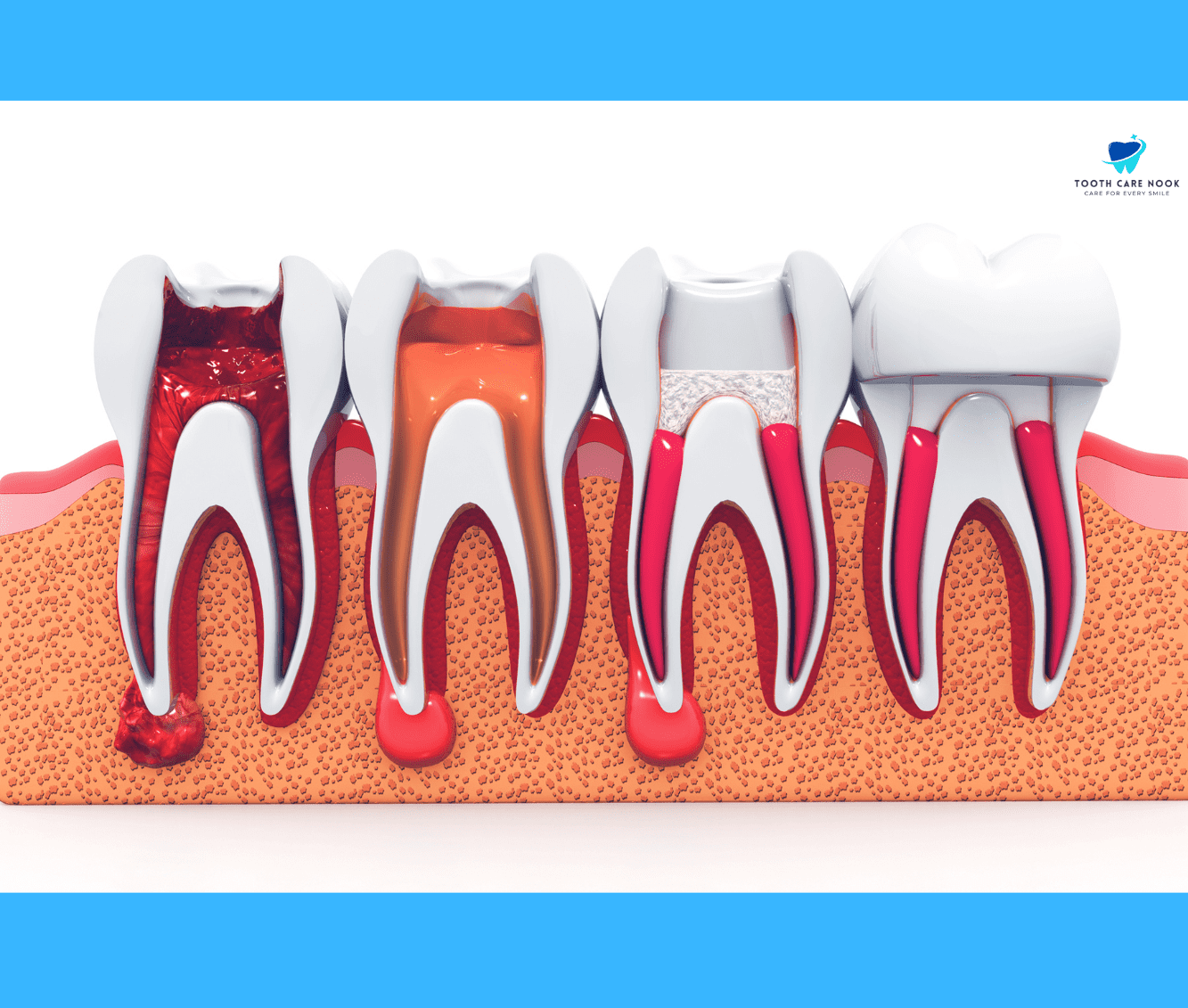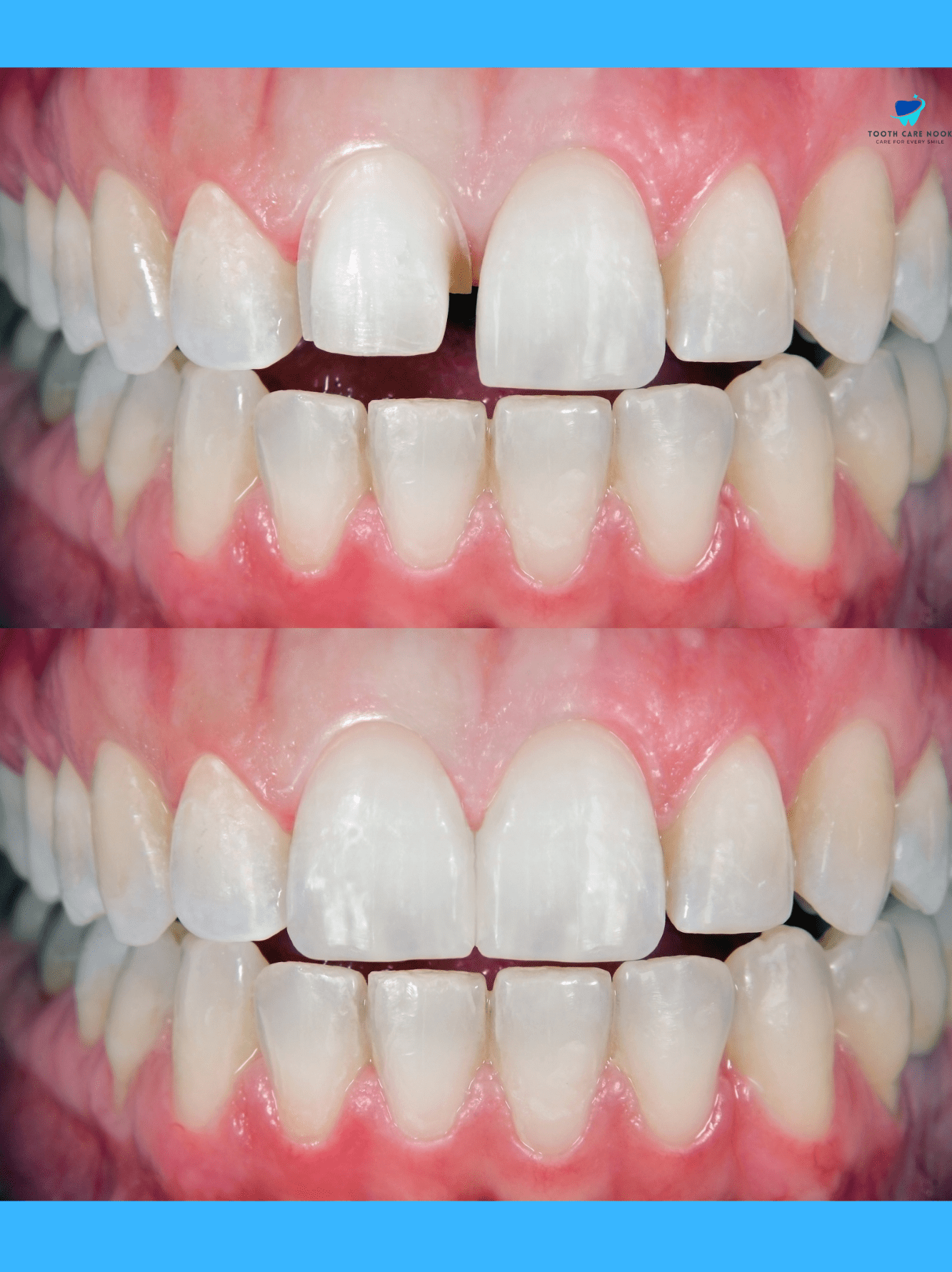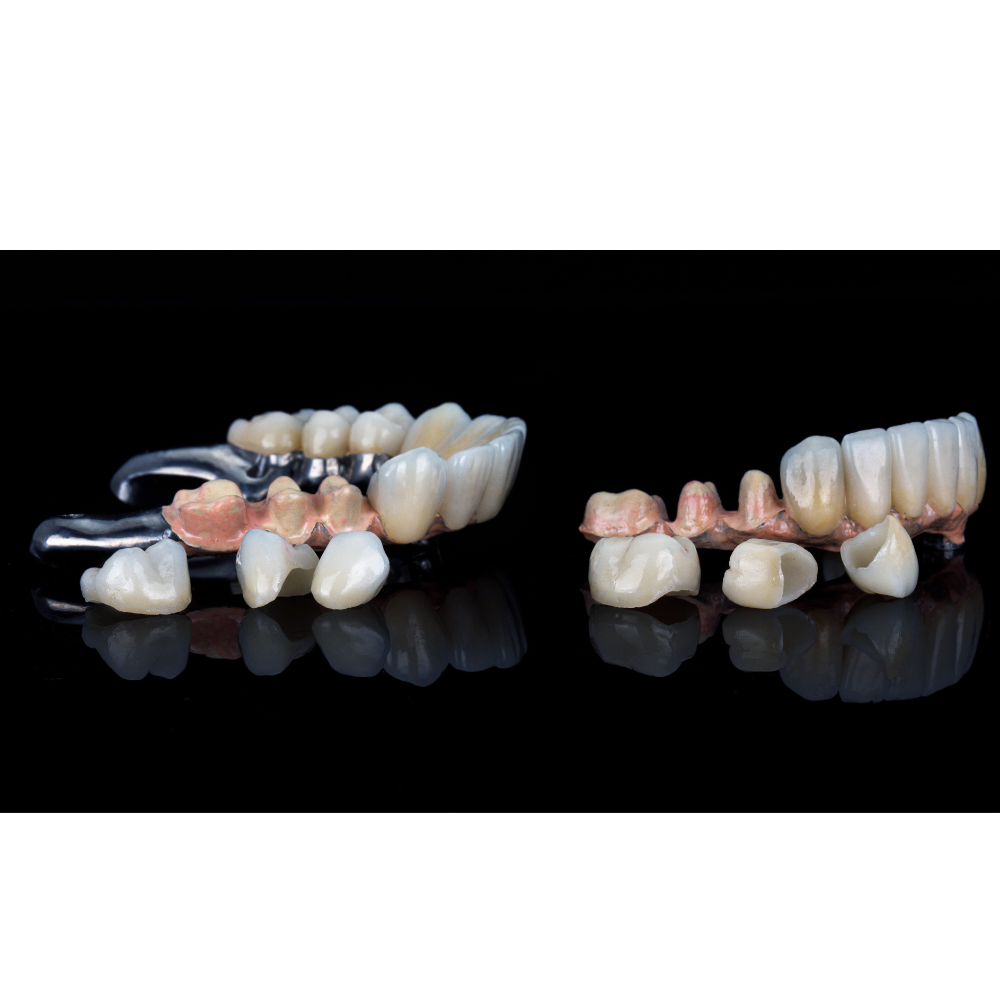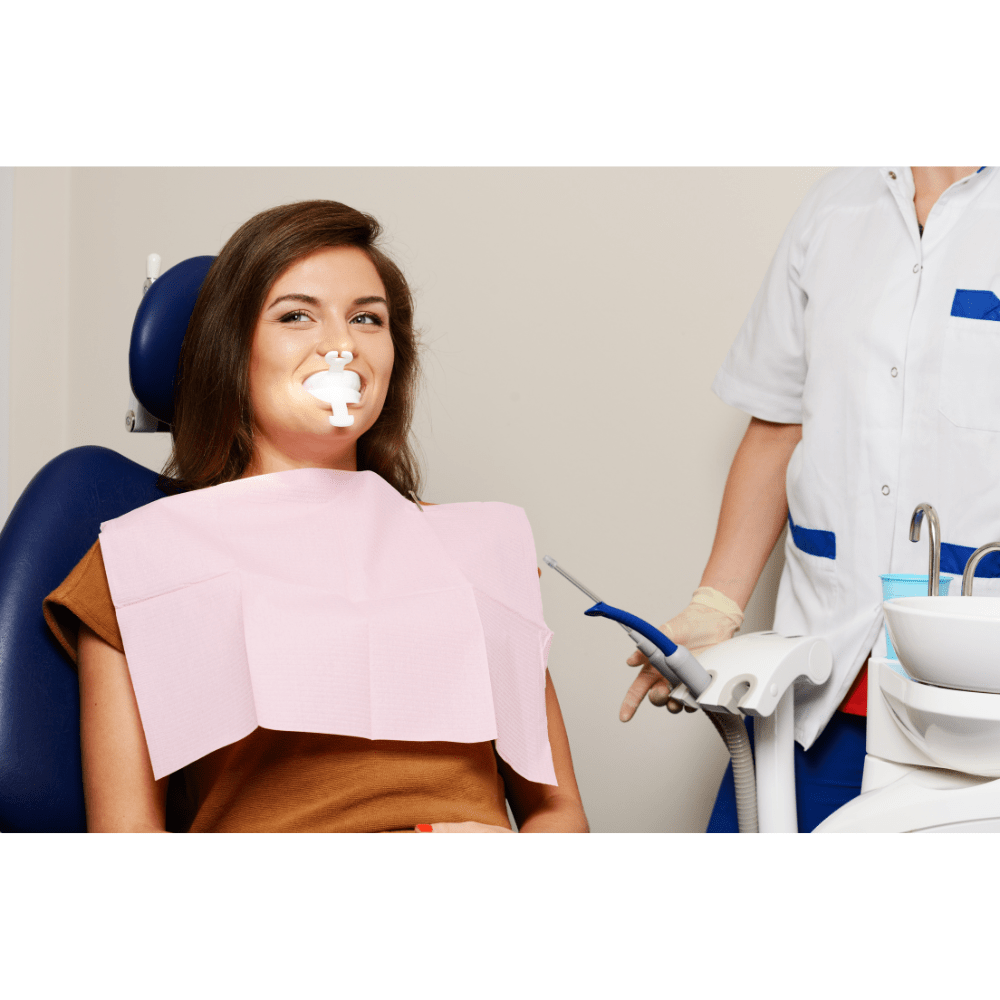Can You Crown a Tooth Without a Root Canal | Know it All
When you hear about getting a root canal, it’s like a chill runs down your spine, right? Even the toughest kids can feel a bit scared about it. It’s because people think it’s going to hurt a lot. But guess what? Some people wonder if they can skip this scary procedure altogether.
Here’s where it gets interesting – let’s talk about crowns. Well, sometimes they’re connected to root canals. So, imagine you’re at the dentist’s office, and you’re wondering if you’ll get both at once. It’s like getting a two-for-one deal! So, let’s work together to solve this mystery. Let’s start with discussing the relationship between crown and root canal therapy.
How Root Canal and Dental Crowns are Connected
The connection between root canal therapy and dental crowns or tooth caps is clear. Root canal therapy addresses the internal issues of your tooth, such as infection or decay, dental crowns reinforce and safeguard your tooth’s external structure.
Together they will ensure that your tooth is functional, aesthetically pleasing, and durable. Let’s learn about the difference between root canals and crowns.
Crown vs Root Canal | Major Differences
| Crown vs Root Canal | |
| Procedure
Dental crown placement involves,
|
Root canal therapy involves,
|
| Scope of Treatment
Crowns can be used for various purposes,
|
On the other hand, root canal therapy is specifically indicated for teeth with infected or damaged pulp. It aims to save the natural tooth rather than resorting to extraction. |
| Materials
Crowns can be crafted from a variety of materials;
The choice of material depends on factors such as durability, aesthetics, and the location of your tooth in the mouth. |
A root canal involves the use of biocompatible materials like
It will help to fill and seal the cleaned root canals. |
| Longevity
If you take proper care of crowns, they can last for many years. However, they may require replacement over time due to wear and tear, changes in the oral environment, or damage. |
On the other hand, If root canal therapy is successful, it can provide you with long-term relief from pain and infection. |
Can You Crown a Tooth Without a Root Canal
Yes, you can crown a tooth without a root canal procedure. A crown can be placed without a root canal in certain cases where the pulp is healthy and not infected. But if your tooth has significant decay or damage that has reached the nerve, then you need a root canal before placing the crown to address any infection or inflammation.
Why Do I Need a Root Canal After a Crown
If your tooth pulp becomes infected after getting a crown, you may need a root canal. The infection can occur even if the crown was installed five, ten, or twenty years ago.
It is also possible that despite precautions, an infected tooth may still develop after a crown is placed due to individual dental health complications. In such cases, a root canal is necessary to treat the infection and preserve the tooth. Let’s discuss some scenarios where a dental crown is recommended without a root canal procedure.

Procedures that Recommend Crown without Root Canal
Prophylactic Crown Placement:
Your tooth may be at risk of issues due to its structural integrity or susceptibility to fractures. In such cases, getting a crown without a root canal is recommended as a preventive measure to strengthen and protect your tooth, even if the pulp is healthy.
Posterior Teeth:
In your molars and premolars, where the chewing forces are less intense than your front teeth, a crown without a root canal can be placed if the tooth is structurally sound and the decay or damage is limited.
Cosmetic Purposes:
A crown can be placed solely for cosmetic enhancement if the tooth is healthy and doesn’t require root canal therapy. Getting a crown without a root canal is also used for cosmetic reasons to improve the appearance of your teeth that are discolored, misshapen, or have other aesthetic concerns.
Implant-Supported Crowns:
If you have missing teeth and are replaced with a dental implant, a crown without a root canal is placed on the implant without the need for a root canal since no natural tooth structure is involved.
Temporary Crowns:
Temporary crowns can also placed while you wait for a permanent restoration. These are frequently used to safeguard your tooth which may ultimately require a root canal, but the crown itself doesn’t need root channel treatment.
Alternatives Options to Dental Crown
Inlays or Onlays:
Inlays and onlays can be used as an alternate option to dental crowns. They are used to repair larger areas of decay that cannot be fixed by a filling but do not require a full crown.
Dental Bonding:
Bonding is a relatively quick and cost-effective option for crowns, but it may not be as durable or long-lasting, especially for larger restorations.

Dental Implants:
If your tooth is severely damaged or missing, you can consider dental implants as an alternative to crowns. Once the implant integrates with the bone, a prosthetic crown is attached to restore function and aesthetics.
Dental Veneers:
Veneers provide some structural reinforcement to the tooth. Veneers are suitable alternatives to address issues like discoloration, minor chips, or slight misalignment.
FAQs
Why a crown without a root canal is causing pain?
A crown without a root canal can cause pain if there is an underlying infection, inflammation, or damage to your tooth’s pulp that was not initially detected. The crown may exacerbate existing issues by trapping bacteria or by placing pressure on sensitive areas of your tooth which leads to discomfort or pain.
Can you put a crown on a decayed tooth?
Yes, a crown can be placed on a decayed tooth if the decay has been removed and the remaining tooth structure is strong enough to support the crown. However, if the decay has reached the inner pulp of the tooth, a root canal is necessary before placing the crown to ensure the tooth’s health and stability.
How can I save my teeth without a root canal?
You can save your teeth without a root canal by addressing decay or damage early through preventive measures like
- Promptly treating cavities with fillings or other restorative options.
- Practicing healthy habits such as avoiding sugary foods and drinks.
- By using fluoride products.
- By wearing a mouthguard during sports.



